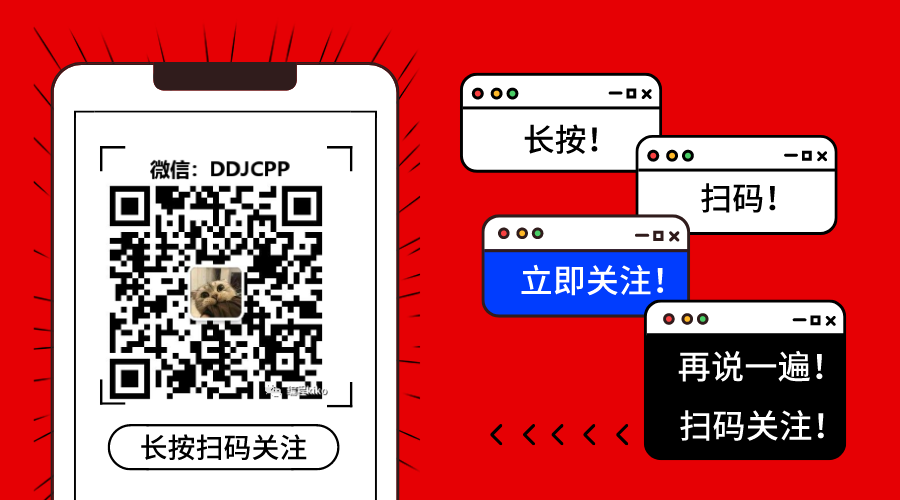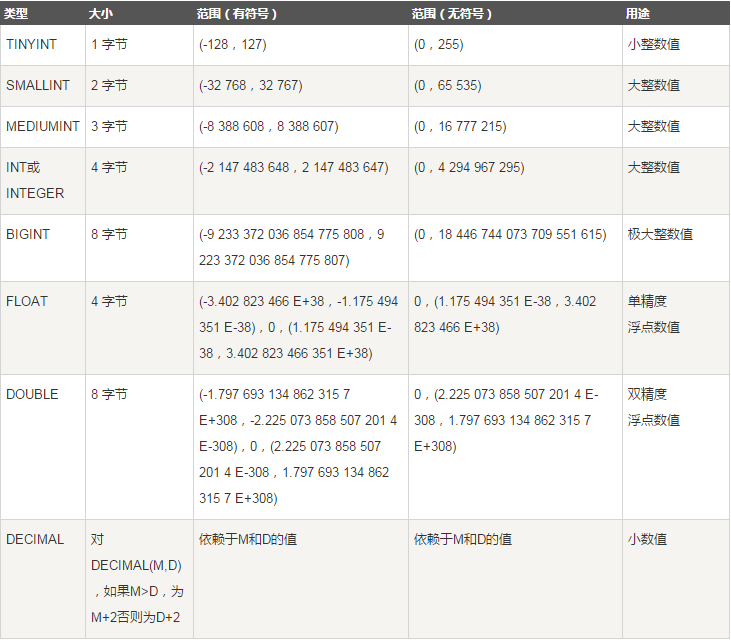restful xml
1.简介
这篇文章的目的是使用Spring Integration HTTP入站适配器实现HTTP Restful API。 本教程分为两个部分:
- XML配置示例(同一篇文章)。
- Java DSL示例。 这将在本教程的下一部分中进行说明,展示如何使用Spring Integration Java DSL配置应用程序,并提供Java 7和Java 8的示例。
在查看代码之前,让我们看一下下图,该图显示了应用程序公开的不同服务:
GET操作由HTTP入站网关处理,而其余操作(PUT,POST和DELETE)由HTTP入站通道适配器处理,因为没有响应主体发送回客户端。 以下各节将说明每个操作:
- 介绍
- 应用配置
- 进行操作
- 放置和发布操作
- 删除操作
- 结论
源代码可从Github获得 。
2.应用程序配置
web.xml文件包含分派器Servlet的定义:
<servlet><servlet-name>springServlet</servlet-name><servlet-class>org.springframework.web.servlet.DispatcherServlet</servlet-class><init-param><param-name>contextConfigLocation</param-name><param-value>classpath:xpadro/spring/integration/configuration/http-inbound-config.xml</param-value></init-param>
</servlet>
<servlet-mapping><servlet-name>springServlet</servlet-name><url-pattern>/spring/*</url-pattern>
</servlet-mapping>以下各节将说明http-inbound-config.xml文件。
下面是pom.xml文件的详细信息。 重要的是要注意杰克逊库。 由于我们将使用JSON表示资源,因此这些库必须存在于类路径中。 否则,框架将不会注册所需的转换器。
<properties><spring-version>4.1.3.RELEASE</spring-version><spring-integration-version>4.1.0.RELEASE</spring-integration-version><slf4j-version>1.7.5</slf4j-version><junit-version>4.9</junit-version><jackson-version>2.3.0</jackson-version>
</properties><dependencies><!-- Spring Framework - Core --><dependency><groupId>org.springframework</groupId><artifactId>spring-context</artifactId><version>${spring-version}</version></dependency><dependency><groupId>org.springframework</groupId><artifactId>spring-webmvc</artifactId><version>${spring-version}</version></dependency><!-- Spring Framework - Integration --><dependency><groupId>org.springframework.integration</groupId><artifactId>spring-integration-core</artifactId><version>${spring-integration-version}</version></dependency><dependency><groupId>org.springframework.integration</groupId><artifactId>spring-integration-http</artifactId><version>${spring-integration-version}</version></dependency><!-- JSON --><dependency><groupId>com.fasterxml.jackson.core</groupId><artifactId>jackson-core</artifactId><version>${jackson-version}</version></dependency><dependency><groupId>com.fasterxml.jackson.core</groupId><artifactId>jackson-databind</artifactId><version>${jackson-version}</version></dependency><!-- Testing --><dependency><groupId>junit</groupId><artifactId>junit</artifactId><version>${junit-version}</version><scope>test</scope></dependency><!-- Logging --><dependency><groupId>org.slf4j</groupId><artifactId>slf4j-api</artifactId><version>${slf4j-version}</version></dependency><dependency><groupId>org.slf4j</groupId><artifactId>slf4j-log4j12</artifactId><version>${slf4j-version}</version></dependency>
</dependencies>3.进行操作
该流程的配置如下所示:
http-inbound-config.xml
网关接收到以下路径的请求:/ persons / {personId}。 请求到达后,将创建一条消息并将其发送到httpGetChannel通道。 然后,网关将等待服务激活器 (personEndpoint)返回响应:
现在,需要解释一些要点:
- 支持的方法 :此属性指示网关支持哪些方法(仅GET请求)。
- payload-expression :我们在这里所做的是从URI模板中的personId变量获取值并将其放入消息的有效负载中。 例如,请求路径“ / persons / 3”将成为一条值为“ 3”的消息作为其有效负载。
- request-mapping :我们可以包含此元素以指定几个属性,并过滤哪些请求将映射到网关。 在示例中,此网关仅处理包含Content-Type标头(consumes属性)和Accept标头(produces属性)的值“ application / json”的请求。
将请求映射到此网关后,便会构建一条消息并将其发送到服务激活器。 在示例中,我们定义了一个简单的bean,它将从服务中获取所需的信息:
@Component
public class PersonEndpoint {private static final String STATUSCODE_HEADER = "http_statusCode";@Autowiredprivate PersonService service;public Message<?> get(Message<String> msg) {long id = Long.valueOf(msg.getPayload());ServerPerson person = service.getPerson(id);if (person == null) {return MessageBuilder.fromMessage(msg).copyHeadersIfAbsent(msg.getHeaders()).setHeader(STATUSCODE_HEADER, HttpStatus.NOT_FOUND).build(); }return MessageBuilder.withPayload(person).copyHeadersIfAbsent(msg.getHeaders()).setHeader(STATUSCODE_HEADER, HttpStatus.OK).build();}//Other operations
}根据从服务收到的响应,我们将返回被请求的人员或指示未找到人员的状态代码。
现在,我们将测试一切是否按预期进行。 首先,我们定义将响应转换为的ClientPerson类:
@JsonIgnoreProperties(ignoreUnknown = true)
public class ClientPerson implements Serializable {private static final long serialVersionUID = 1L;@JsonProperty("id")private int myId;private String name;public ClientPerson() {}public ClientPerson(int id, String name) {this.myId = id;this.name = name;}//Getters and setters
}然后我们执行测试。 在buildHeaders方法中,我们指定了Accept和Content-Type标头。 请记住,我们在这些标头中使用'application / json'值限制了请求。
@RunWith(BlockJUnit4ClassRunner.class)
public class GetOperationsTest {private static final String URL = "http://localhost:8081/int-http-xml/spring/persons/{personId}";private final RestTemplate restTemplate = new RestTemplate();private HttpHeaders buildHeaders() {HttpHeaders headers = new HttpHeaders();headers.setAccept(Arrays.asList(MediaType.APPLICATION_JSON));headers.setContentType(MediaType.APPLICATION_JSON); return headers;}@Testpublic void getResource_responseIsConvertedToPerson() {HttpEntity<Integer> entity = new HttpEntity<>(buildHeaders());ResponseEntity<ClientPerson> response = restTemplate.exchange(URL, HttpMethod.GET, entity, ClientPerson.class, 1);assertEquals("John" , response.getBody().getName());assertEquals(HttpStatus.OK, response.getStatusCode());}@Testpublic void getResource_responseIsReceivedAsJson() {HttpEntity<Integer> entity = new HttpEntity<>(buildHeaders());ResponseEntity<String> response = restTemplate.exchange(URL, HttpMethod.GET, entity, String.class, 1);assertEquals("{\"id\":1,\"name\":\"John\",\"age\":25}", response.getBody());assertEquals(HttpStatus.OK, response.getStatusCode());}@Test(expected=HttpClientErrorException.class)public void getResource_sendXml_415errorReturned() {HttpHeaders headers = new HttpHeaders();headers.setAccept(Arrays.asList(MediaType.APPLICATION_JSON));headers.setContentType(MediaType.APPLICATION_XML);HttpEntity<Integer> entity = new HttpEntity<>(headers);restTemplate.exchange(URL, HttpMethod.GET, entity, ClientPerson.class, 1);}@Test(expected=HttpClientErrorException.class)public void getResource_expectXml_receiveJson_406errorReturned() {HttpHeaders headers = new HttpHeaders();headers.setAccept(Arrays.asList(MediaType.APPLICATION_XML));headers.setContentType(MediaType.APPLICATION_JSON);HttpEntity<Integer> entity = new HttpEntity<>(headers);restTemplate.exchange(URL, HttpMethod.GET, entity, ClientPerson.class, 1);}@Test(expected=HttpClientErrorException.class)public void getResource_resourceNotFound_404errorReturned() {HttpEntity<Integer> entity = new HttpEntity<>(buildHeaders());restTemplate.exchange(URL, HttpMethod.GET, entity, ClientPerson.class, 8);}
}在Content-Type标头中未指定正确的值将导致415不支持的媒体类型错误,因为网关不支持此媒体类型。
另一方面,在Accept标头中指定不正确的值将导致406 Not Acceptable错误,因为网关返回的内容类型不同于预期。
4.放置和发布操作
对于PUT和POST操作,我们使用相同的HTTP入站通道适配器,并利用了为它定义多个路径和方法的可能性。 一旦请求到达,路由器将负责将消息传递到正确的端点。
http-inbound-config.xml
<int-http:inbound-channel-adapter channel="routeRequest" status-code-expression="T(org.springframework.http.HttpStatus).NO_CONTENT"supported-methods="POST, PUT" path="/persons, /persons/{personId}"request-payload-type="xpadro.spring.integration.server.model.ServerPerson"><int-http:request-mapping consumes="application/json"/>
</int-http:inbound-channel-adapter><int:router input-channel="routeRequest" expression="headers.http_requestMethod"><int:mapping value="PUT" channel="httpPutChannel"/><int:mapping value="POST" channel="httpPostChannel"/>
</int:router><int:service-activator ref="personEndpoint" method="put" input-channel="httpPutChannel"/>
<int:service-activator ref="personEndpoint" method="post" input-channel="httpPostChannel"/>此通道适配器包括两个新属性:
- status-code-expression :默认情况下,通道适配器确认已收到请求,并返回200状态码。 如果要覆盖此行为,可以在此属性中指定其他状态代码。 在这里,我们指定这些操作将返回204 No Content状态代码。
- request-payload-type :此属性指定将请求主体转换为哪个类。 如果我们没有定义它,它将无法转换为服务激活器期望的类(ServerPerson)。
收到请求后,适配器会将其发送到路由器期望它的routeRequest通道。 该路由器将检查消息头,并根据“ http_requestMethod”头的值将其传递到适当的端点。
PUT和POST操作都由同一个bean处理:
@Component
public class PersonEndpoint {@Autowiredprivate PersonService service;//Get operationpublic void put(Message<ServerPerson> msg) {service.updatePerson(msg.getPayload());}public void post(Message<ServerPerson> msg) {service.insertPerson(msg.getPayload());}
}返回类型为空,因为没有期望的响应; 入站适配器将处理状态码的返回。
PutOperationsTest验证是否返回了正确的状态代码以及资源是否已更新:
@RunWith(BlockJUnit4ClassRunner.class)
public class PutOperationsTest {private static final String URL = "http://localhost:8081/int-http-xml/spring/persons/{personId}";private final RestTemplate restTemplate = new RestTemplate();//build headers method@Testpublic void updateResource_noContentStatusCodeReturned() {HttpEntity<Integer> getEntity = new HttpEntity<>(buildHeaders());ResponseEntity<ClientPerson> response = restTemplate.exchange(URL, HttpMethod.GET, getEntity, ClientPerson.class, 4);ClientPerson person = response.getBody();person.setName("Sandra");HttpEntity<ClientPerson> putEntity = new HttpEntity<ClientPerson>(person, buildHeaders());response = restTemplate.exchange(URL, HttpMethod.PUT, putEntity, ClientPerson.class, 4);assertEquals(HttpStatus.NO_CONTENT, response.getStatusCode());response = restTemplate.exchange(URL, HttpMethod.GET, getEntity, ClientPerson.class, 4);person = response.getBody();assertEquals("Sandra", person.getName());}
}PostOperationsTest验证是否已添加新资源:
@RunWith(BlockJUnit4ClassRunner.class)
public class PostOperationsTest {private static final String POST_URL = "http://localhost:8081/int-http-xml/spring/persons";private static final String GET_URL = "http://localhost:8081/int-http-xml/spring/persons/{personId}";private final RestTemplate restTemplate = new RestTemplate();//build headers method@Testpublic void addResource_noContentStatusCodeReturned() {ClientPerson person = new ClientPerson(9, "Jana");HttpEntity<ClientPerson> entity = new HttpEntity<ClientPerson>(person, buildHeaders());ResponseEntity<ClientPerson> response = restTemplate.exchange(POST_URL, HttpMethod.POST, entity, ClientPerson.class);assertEquals(HttpStatus.NO_CONTENT, response.getStatusCode());HttpEntity<Integer> getEntity = new HttpEntity<>(buildHeaders());response = restTemplate.exchange(GET_URL, HttpMethod.GET, getEntity, ClientPerson.class, 9);person = response.getBody();assertEquals("Jana", person.getName());}
}5.删除操作
我们的RESTful API的最后一个操作是删除操作。 这次我们为此使用一个单通道适配器:
<int-http:inbound-channel-adapter channel="httpDeleteChannel" status-code-expression="T(org.springframework.http.HttpStatus).NO_CONTENT"supported-methods="DELETE" path="/persons/{personId}" payload-expression="#pathVariables.personId"><int-http:request-mapping consumes="application/json"/>
</int-http:inbound-channel-adapter><int:service-activator ref="personEndpoint" method="delete" input-channel="httpDeleteChannel"/>通道适配器使我们可以定义返回状态代码,并且我们正在使用有效负载表达式属性将请求的personId映射到消息正文。 该配置与先前操作中的配置略有不同,但是这里没有任何未解释的内容。
服务激活者,我们的人员端点,将请求人员服务删除此资源。
public void delete(Message<String> msg) {long id = Long.valueOf(msg.getPayload());service.deletePerson(id);
}最后,所需的测试:
@RunWith(BlockJUnit4ClassRunner.class)
public class DeleteOperationsTest {private static final String URL = "http://localhost:8081/int-http-xml/spring/persons/{personId}";private final RestTemplate restTemplate = new RestTemplate();//build headers method@Testpublic void deleteResource_noContentStatusCodeReturned() {HttpEntity<Integer> entity = new HttpEntity<>(buildHeaders());ResponseEntity<ClientPerson> response = restTemplate.exchange(URL, HttpMethod.DELETE, entity, ClientPerson.class, 3);assertEquals(HttpStatus.NO_CONTENT, response.getStatusCode());try {response = restTemplate.exchange(URL, HttpMethod.GET, entity, ClientPerson.class, 3);Assert.fail("404 error expected");} catch (HttpClientErrorException e) {assertEquals(HttpStatus.NOT_FOUND, e.getStatusCode());}}
}六,结论
这篇文章是对我们的应用程序的介绍,目的是从已知的角度(xml配置)了解它的结构。 在本教程的下一部分中,我们将使用Java DSL来实现相同的应用程序。 该应用程序将配置为可以在Java 8上运行,但是当使用lambda时,我还将展示如何在Java 7上完成它。
我正在Google Plus和Twitter上发布我的新帖子。 如果您要更新新内容,请关注我。
翻译自: https://www.javacodegeeks.com/2014/12/exposing-http-restful-api-with-inbound-adapters-part-1-xml.html
restful xml















